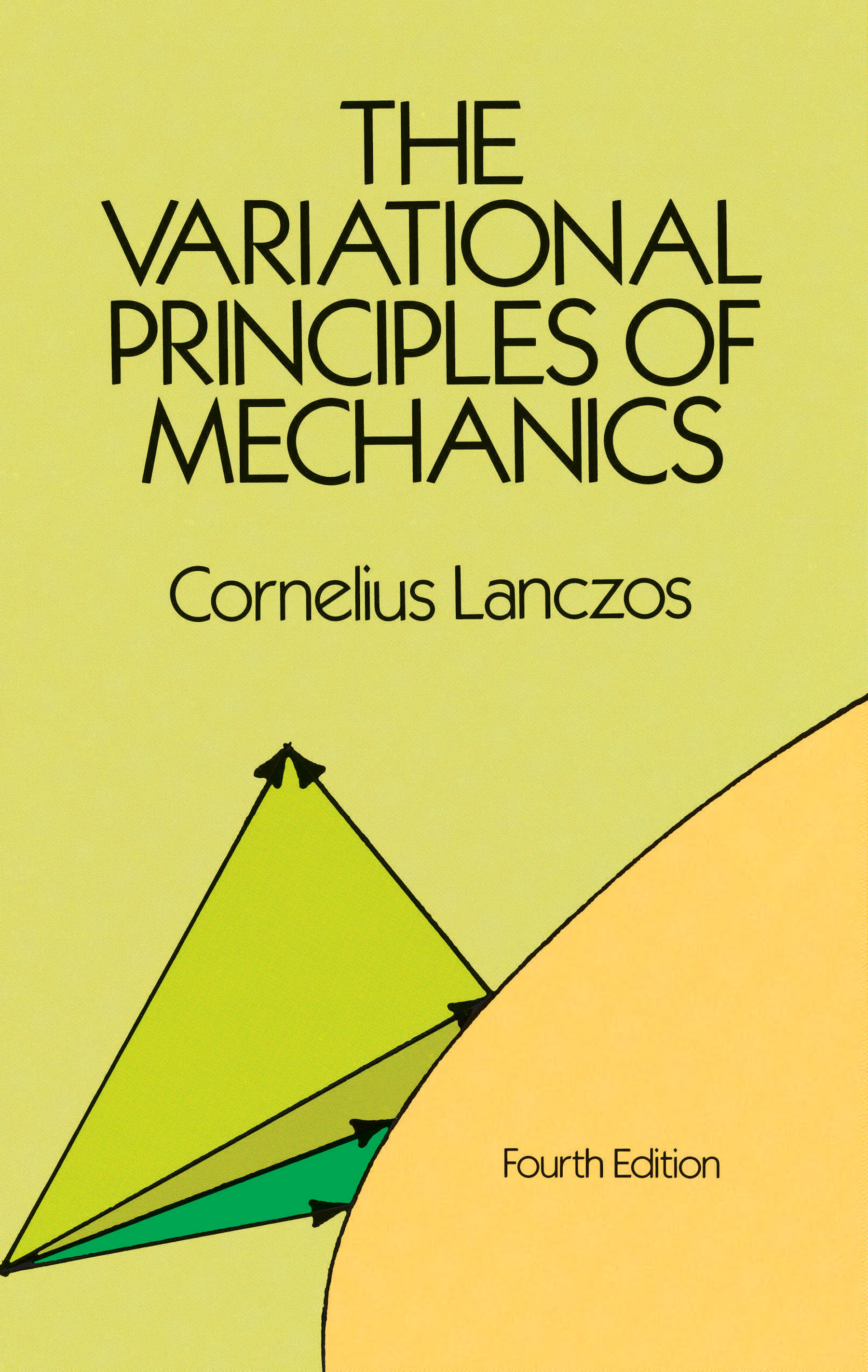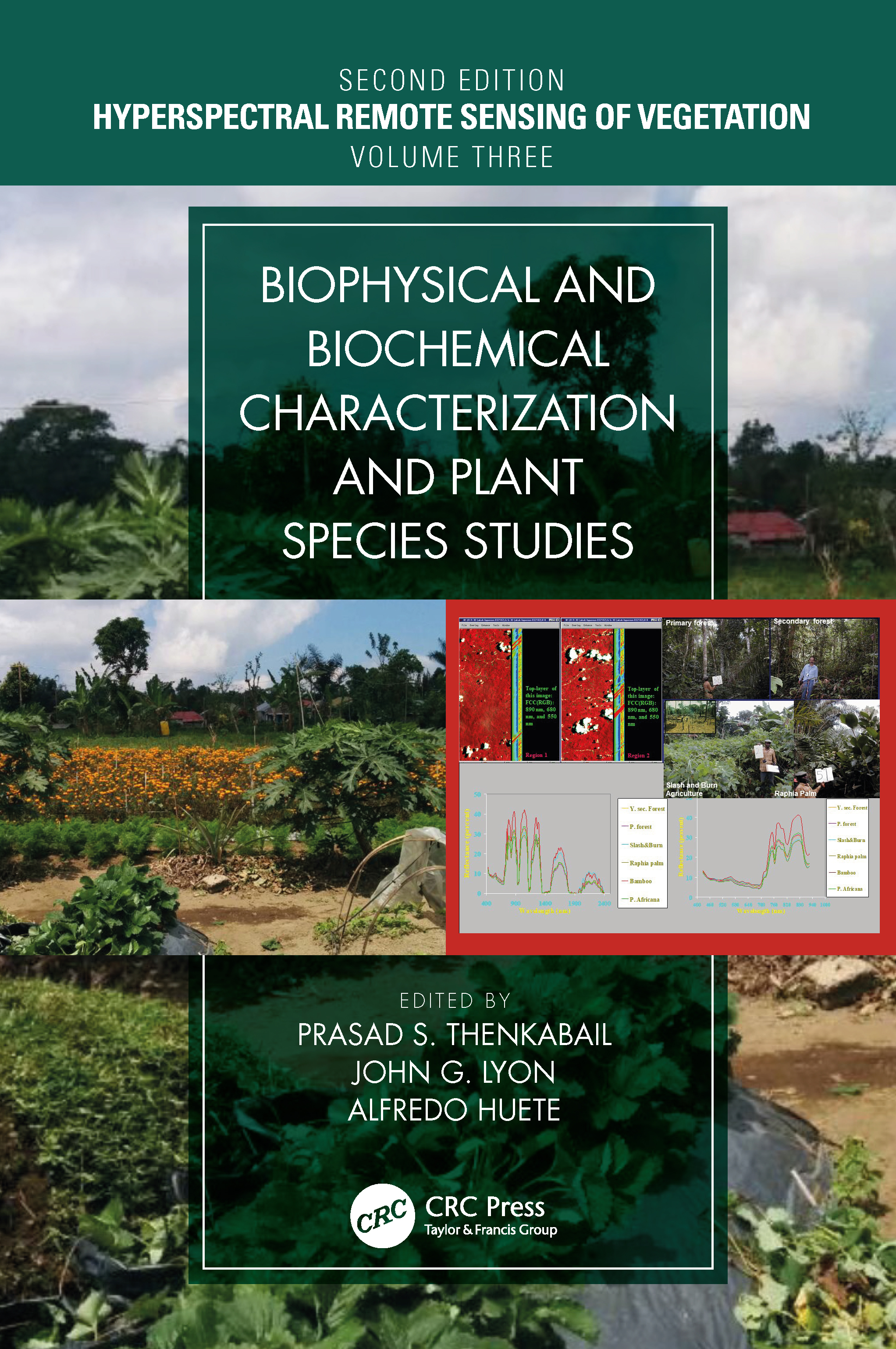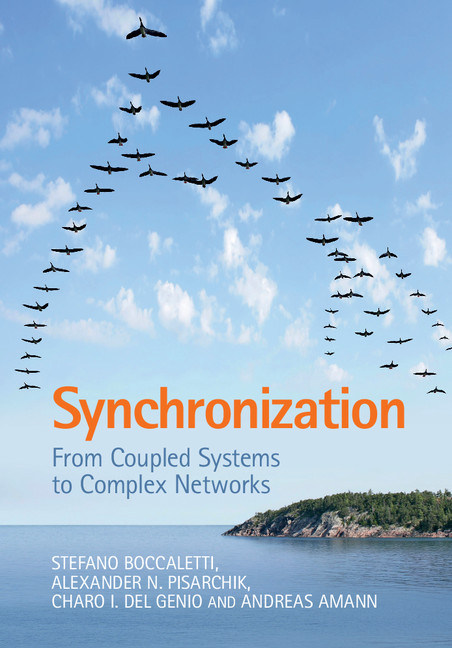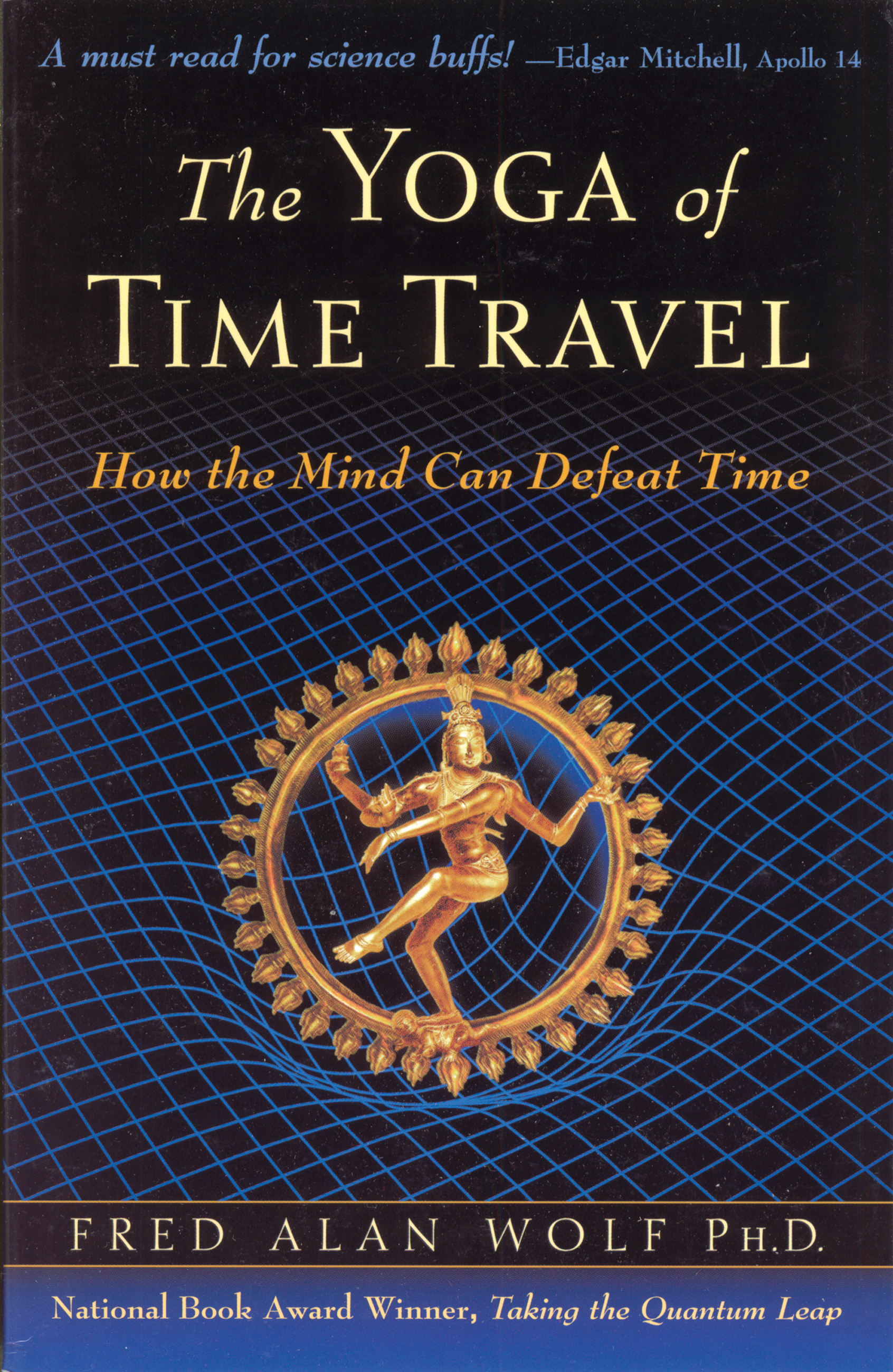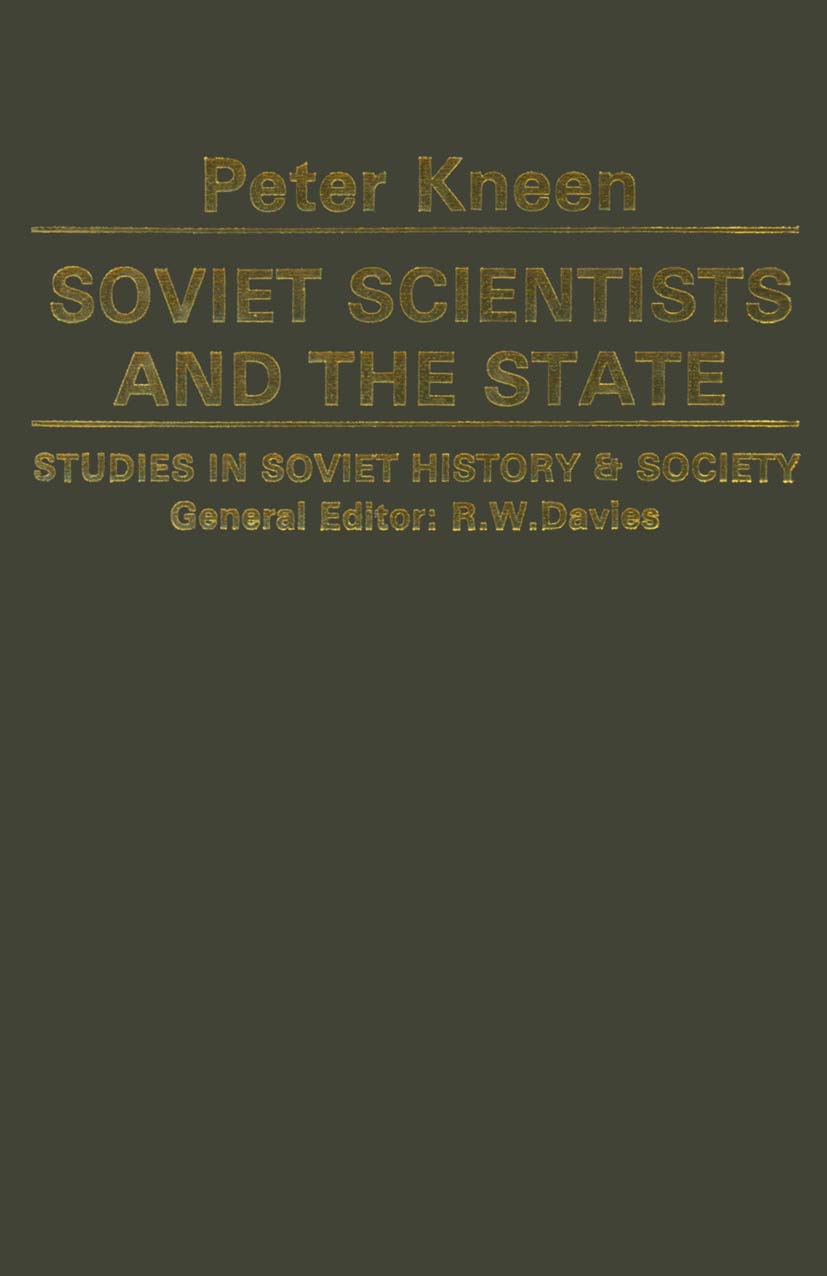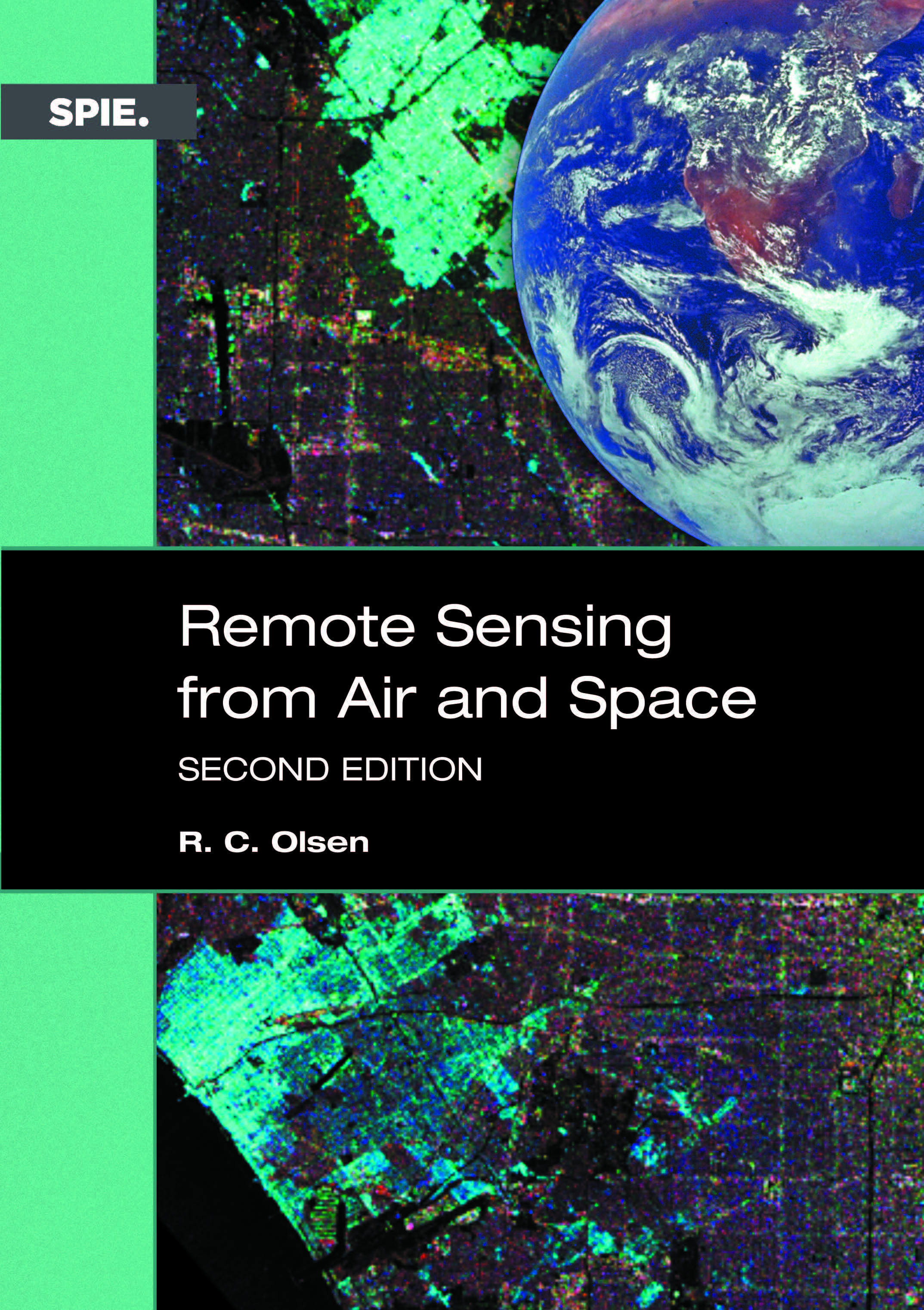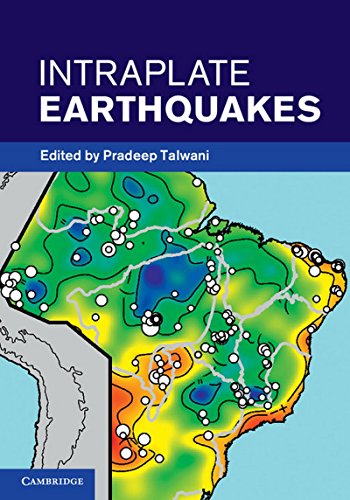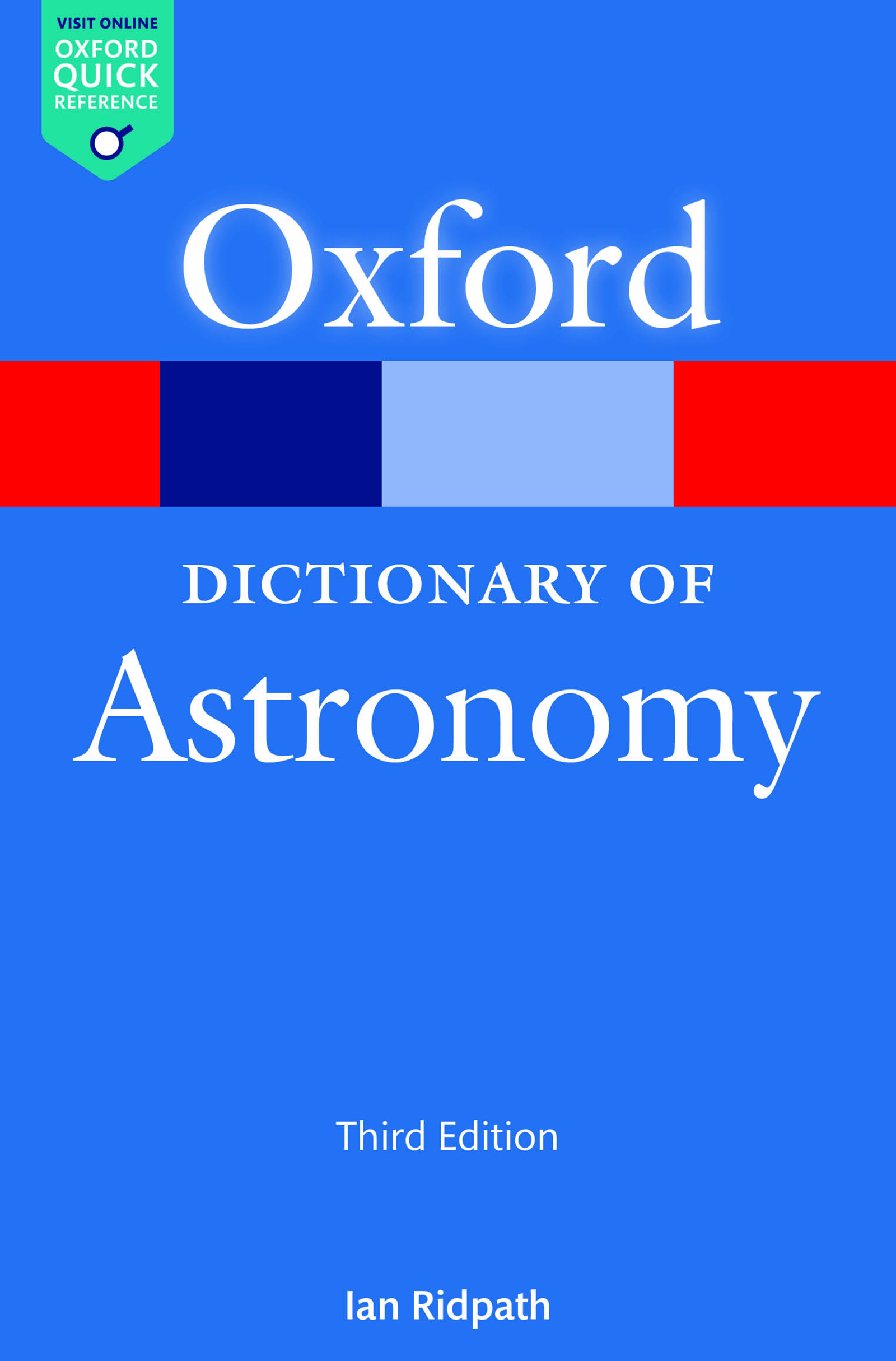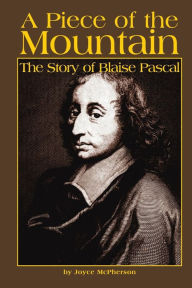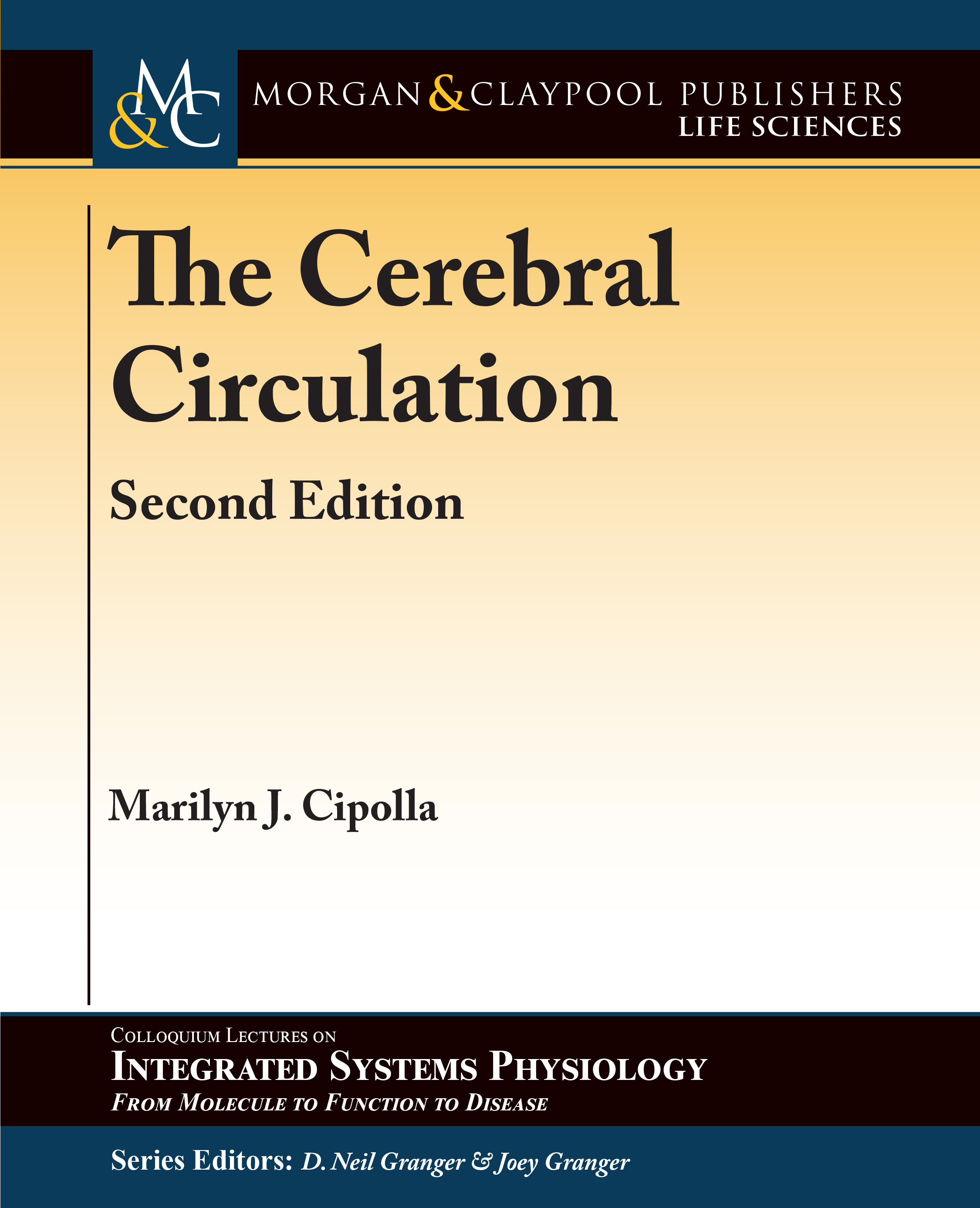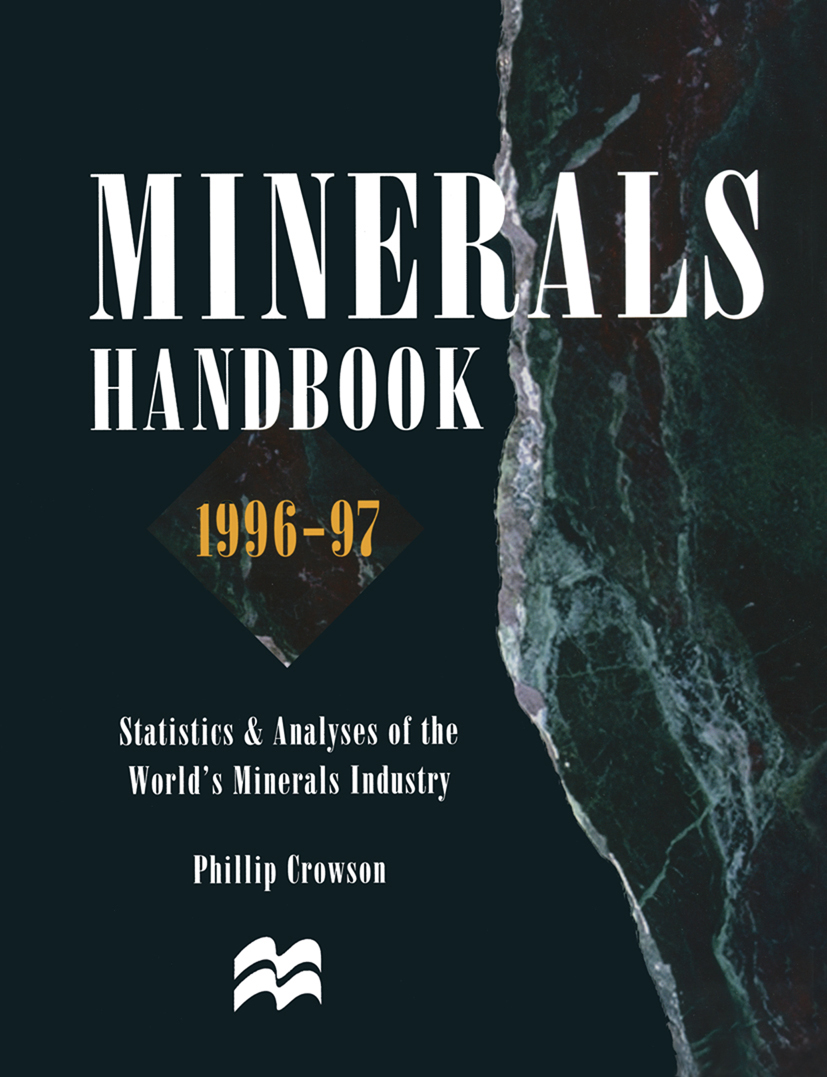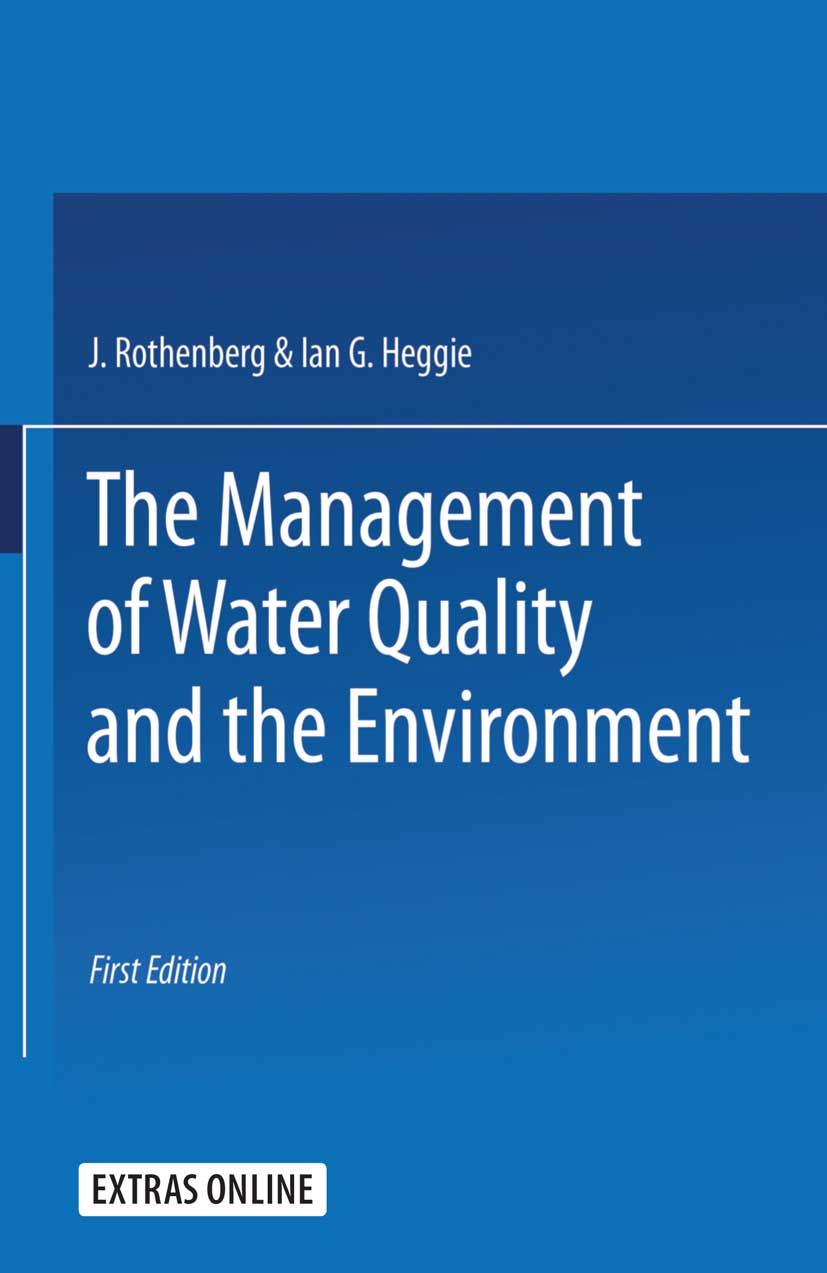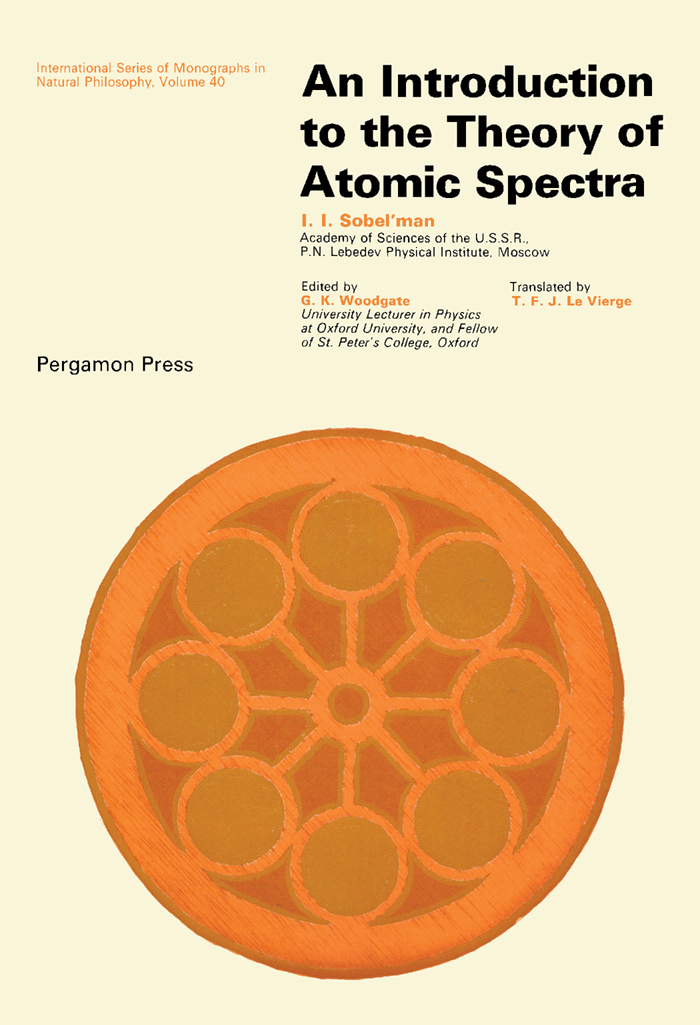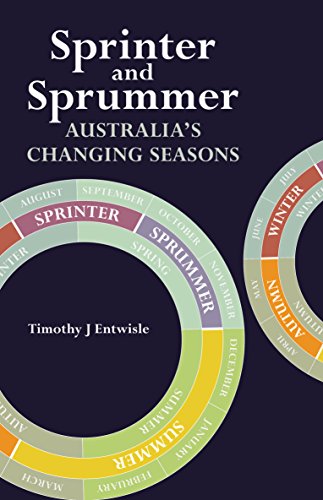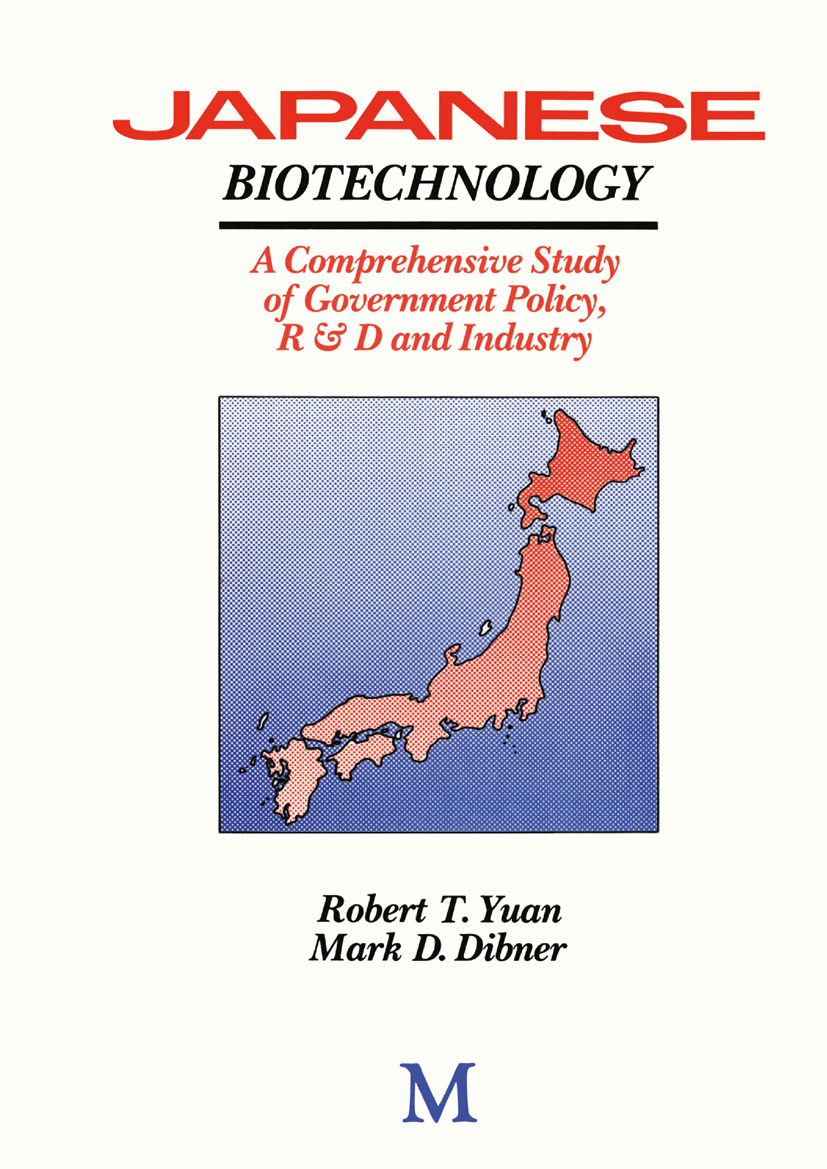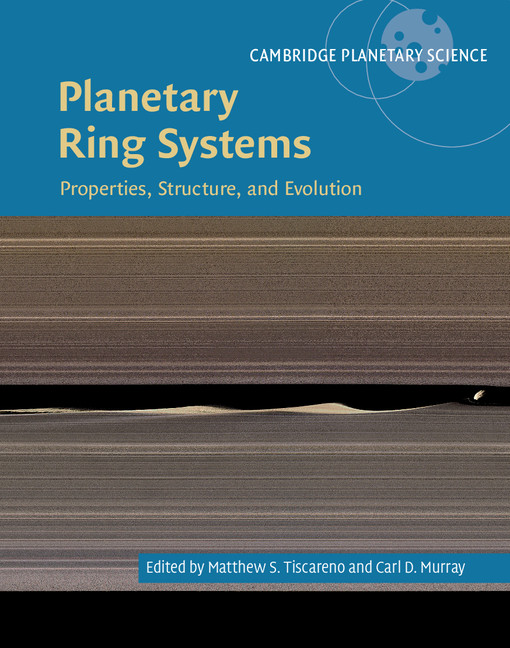The Variational Principles of Mechanics
by Cornelius Lanczos
2020-09-04 16:50:48
The Variational Principles of Mechanics
by Cornelius Lanczos
2020-09-04 16:50:48
Introduction 1. The variational approach to mechanics 2. The procedure of Euler and Lagrange 3. Hamilton''s procedure 4. The calculus of variations 5. Comparison between the vectorial and the variational treatment...
Read more
Introduction
1. The variational approach to mechanics
2. The procedure of Euler and Lagrange
3. Hamilton''s procedure
4. The calculus of variations
5. Comparison between the vectorial and the variational treatments of mechanics
6. Mathematical evaluation of the variational principles
7. Philosophical evaluation of the variational approach to mechanics
I. The Basic Concepts of Analytical Mechanics
1. The Principal viewpoints of analytical mechanics
2. Generalized coordinates
3. The configuration space
4. Mapping of the space on itself
5. Kinetic energy and Riemannian geometry
6. Holonomic and non-holonomic mechanical systems
7. Work function and generalized force
8. Scleronomic and rheonomic systems. The law of the conservation of energy
II. The Calculus of Variations
1. The general nature of extremum problems
2. The stationary value of a function
3. The second variation
4. Stationary value versus extremum value
5. Auxiliary conditions. The Lagrangian lambda-method
6. Non-holonomic auxiliary conditions
7. The stationary value of a definite integral
8. The fundamental processes of the calculus of variations
9. The commutative properties of the delta-process
10. The stationary value of a definite integral treated by the calculus of variations
11. The Euler-Lagrange differential equations for n degrees of freedom
12. Variation with auxiliary conditions
13. Non-holonomic conditions
14. Isoperimetric conditions
15. The calculus of variations and boundary conditions. The problem of the elastic bar
III. The principle of virtual work
1. The principle of virtual work for reversible displacements
2. The equilibrium of a rigid body
3. Equivalence of two systems of forces
4. Equilibrium problems with auxiliary conditions
5. Physical interpretation of the Lagrangian multiplier method
6. Fourier''s inequality
IV. D''Alembert''s principle
1. The force of inertia
2. The place of d''Alembert''s principle in mechanics
3. The conservation of energy as a consequence of d''Alembert''s principle
4. Apparent forces in an accelerated reference system. Einstein''s equivalence hypothesis
5. Apparent forces in a rotating reference system
6. Dynamics of a rigid body. The motion of the centre of mass
7. Dynamics of a rigid body. Euler''s equations
8. Gauss'' principle of least restraint
V. The Lagrangian equations of motion
1. Hamilton''s principle
2. The Lagrangian equations of motion and their invariance relative to point transformations
3. The energy theorem as a consequence of Hamilton''s principle
4. Kinosthenic or ignorable variables and their elimination
5. The forceless mechanics of Hertz
6. The time as kinosthenic variable; Jacobi''s principle; the principle of least action
7. Jacobi''s principle and Riemannian geometry
8. Auxiliary conditions; the physical significance of the Lagrangian lambda-factor
9. Non-holonomic auxiliary conditions and polygenic forces
10. Small vibrations about a state of equilibrium
VI. The Canonical Equations of motion
1. Legendre''s dual transformation
2. Legendre''s transformation applied to the Lagrangian function
3. Transformation of the Lagrangian equations of motion
4. The canonical integral
5. The phase space and the space fluid
6. The energy theorem as a consequence of the canonical equations
7. Liouville''s theorem
8. Integral invariants, Helmholtz'' circulation theorem
9. The elimination of ignorable variables
10. The parametric form of the canonical equations
VII. Canonical Transformations
1. Coordinate transformations as a method of solving mechanical problems
2. The Lagrangian point transformations
3. Mathieu''s and Lie''s transformations
4. The general canonical transformation
5. The bilinear differential form
6. The bracket expressions of Lagrange and Poisson
7. Infinitesimal canonical transformations
8. The motion of the phase fluid as a continuous succession of canonical transformations
9. Hamilton''s principal function and the motion of the phase fluid
VIII. The Partial differential equation of Hamilton-Jacobi
1. The importance of the generating function for the problem of motion
2. Jacobi''s transformation theory
3. Solution of the partial differential equation by separation
4. Delaunay''s treatme
Less


